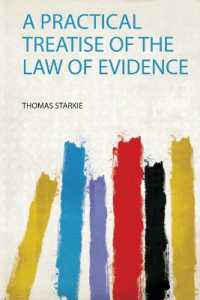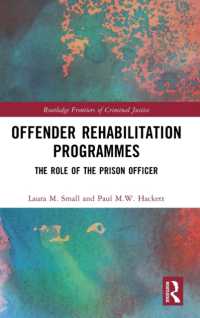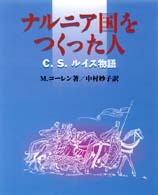Full Description
What are the correlations between the education employees bring to their jobs, the education required to do those jobs, and the skills employees acquire while working on the job? Written as a sequel to the critically acclaimed The Education-Jobs Gap, Livingstone and contributors explore these questions by building on earlier research and presenting new labour force surveys and case studies of different economic classes and specific occupational groups. The survey evidence finds an increasingly overqualified non-managerial labour force (especially service sector and industrial workers, recent immigrants, and visible minorities). The case studies of professional employees (teachers and computer programmers), clerical workers, auto workers, and workers with disabilities explore how workers modify these apparent gaps by continuing to learn and reshape their jobs.
The book is the most thorough exploration to date of relations between workers and jobs. The Education-Job Requirement Matching (EJRM) Research Project team, including M. Lordan, S. Officer, K.V. Pankhurst, M. Radsma, M. Raykov, J. Weststar, and O. Wilson, worked closely together for several years conducting and analyzing both survey and case study data. The new paradigm they present aims to help reshape future studies of learning and work.
Contents
List of Tables and Graphs
Acknowledgements
Key Acronyms
Introduction, D.W. Livingstone
Part One: Prior Research Perspectives
1. Prior Concepts and Theories of the Relationship between Workers and Jobs, D.W. Livingstone and K.V. Pankhurst
2. Prior Empirical Research on Education-Jobs Matching, D.W. Livingstone
3. Starting with The Education-Jobs Gap, D.W. Livingstone
Part Two: Surveying the Gaps
4. Education and Jobs Survey Profile I: National Trends in Employment Conditions, Job Requirements, Workers' Learning and Matching, 1983-2004, D.W. Livingstone and M. Raykov
5. Education and Jobs Survey Profile II: Employment Conditions, Job Requirements, Workers' Learning and Matching, by Employee Class and Specific Occupational Group, 2004, D.W. Livingstone and M. Raykov
Part Three: Exploring the Gaps: Case Studies
6. Elements of an Integrated Theory of Work and Learning, K.V. Pankhurst
7. Continual Learning, Autonomy, and Competency among High School Teachers, M. Lordan
8. Staying Current in Computer Programming: The Importance of Informal Learning and Task Discretion in Maintaining Job Competence, J. Weststar
9. Clerical Workers: Work and Learning in Fragmenting Workplaces, M. Radsma
10. Auto Workers' Learning in Lean Production, D.W. Livingstone and O. Wilson
11. Struggling to Remain Employed: Learning Strategies of Workers with Disabilities and the Education-Job Match, S. Officer
Part Four: Conclusions
12. The Relationship between Learning and Work: Empirical Evidence from the Case Studies, K.V. Pankhurst
13. Education and Jobs: The Way Ahead, D.W. Livingstone and K.V. Pankhurst
Appendix 1: EJRM Case Study Interviewee Profiles
Appendix 2: Economic Class and Specific Occupational Group, by Intentional Learning Activities, 2004
Bibliography
The Authors
Index








